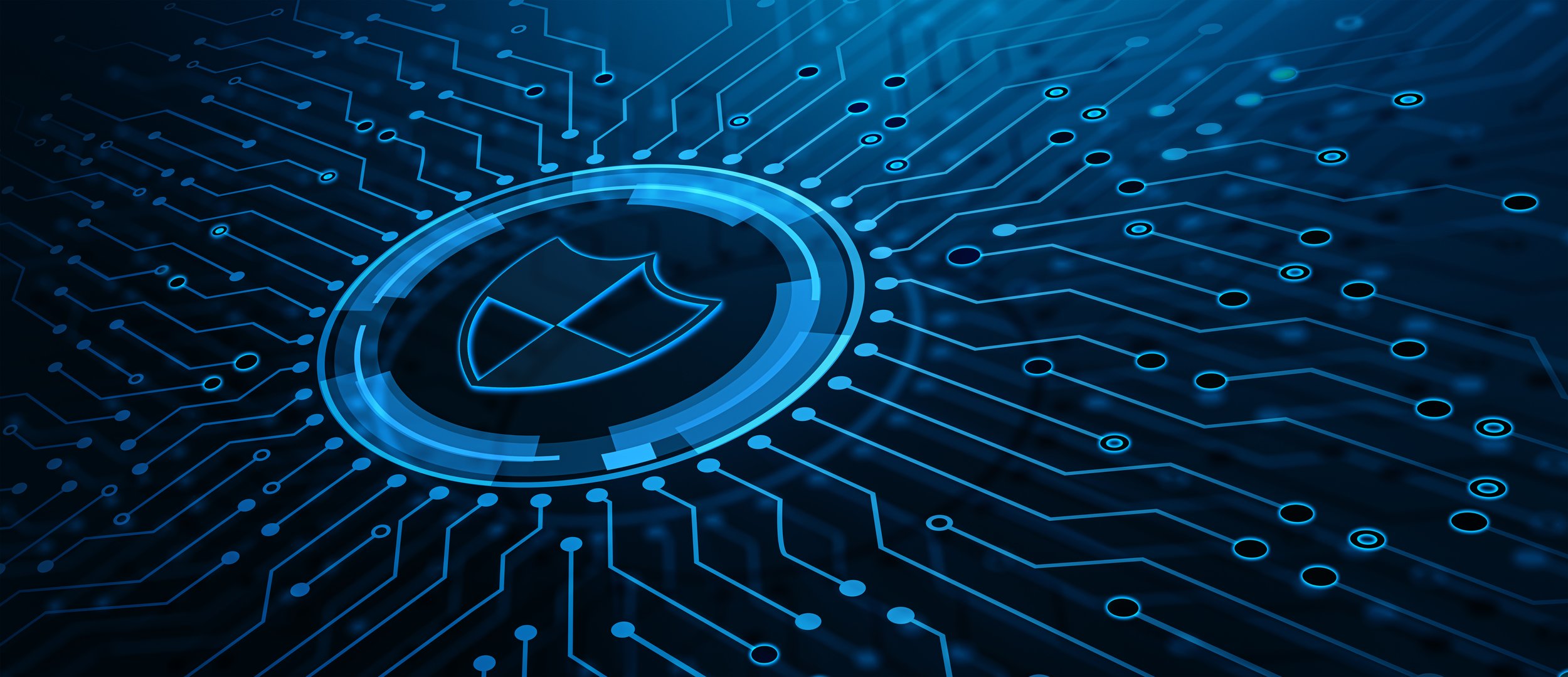
CMMC Compliance
Helping defense contractors navigate cybersecurity and compliance with confidence.

Understanding CMMC Compliance
If your organization provides goods or services to the U.S. Department of Defense (DoD), compliance with the Cybersecurity Maturity Model Certification (CMMC) framework is essential.
CMMC is designed to protect Controlled Unclassified Information (CUI) and ensure that defense contractors are meeting cybersecurity requirements throughout the Defense Industrial Base (DIB). These standards are now contractually required and enforced through DFARS (Defense Federal Acquisition Regulation Supplement) clauses.
Whether you're new to CMMC or preparing for an assessment, understanding the requirements—and how they apply to your environment—is critical to winning and retaining DoD contracts.
What You’ll Learn on This Page:
What is CMMC?
How certification levels work
Who needs to be compliant
Assessment types and requirements
Cost considerations
Common implementation challenges
How to get started
Want to learn more about CMMC and cybersecurity requirements?
Hoop5 has helped manufacturers, subcontractors, and prime DoD contractors across the Defense Industrial Base understand and meet cybersecurity requirements tied to their contracts. We provide guidance around NIST SP 800-171, DFARS clauses (252.204-7012, 7019, 7020, 7021), and how to prepare for third-party certification audits.
What is CMMC?
The Cybersecurity Maturity Model Certification (CMMC) is a framework developed by the U.S. Department of Defense (DoD) to protect sensitive information shared with contractors and subcontractors. It is designed to ensure companies across the Defense Industrial Base (DIB) implement appropriate cybersecurity practices when handling Controlled Unclassified Information (CUI) and Federal Contract Information (FCI).
CMMC incorporates established cybersecurity requirements directly into DoD contracts, helping the government confirm that vendors meet minimum standards before awarding or renewing work.
At its core, CMMC focuses on three pillars:
Clearly defined certification levels
Assessment and verification processes
Contractual enforcement of cybersecurity practices
Tiered Model
CMMC defines levels of cybersecurity maturity based on the type and sensitivity of information a company handles. Higher levels require more robust controls.
Assessments
Organizations must verify that they meet CMMC requirements, either through self-assessments or third-party certification, depending on the required level.
Implementation
Cybersecurity controls must be actively in use—not just documented. Many companies must also demonstrate ongoing maintenance and improvement of those controls over time.
CMMC Levels- What They Mean and Who Needs Certification
CMMC includes three certification levels, each tied to the type of information your organization handles. If your business handles FCI or CUI under a DoD contract, you’re required to meet CMMC requirements.
CMMC certification applies to all organizations within the Defense Industrial Base (DIB), including manufacturers, subcontractors, and service providers, whether you're a prime or part of the supply chain.
Understanding where you fall is the first step toward compliance. Here’s how the certification requirements break down:
Level 1
-
Organizations that handle only Federal Contract Information (FCI).
-
Requires annual self-assessment and affirmation
17 basic cybersecurity practices based on FAR 52.204-21
Focused on basic safeguards like password management and physical access controls
Documentation of the assessment must be maintained internally and available upon request.
No third-party audit needed.
Level 2
-
Organizations that process, store, or transmit Controlled Unclassified Information (CUI).
-
Third-party assessment every 3 years by an authorized C3PAO
Full implementation of NIST SP 800-171 (110 controls across 14 families)
Policies and procedures required for all controls
Limited use of POAMs (Plans of Action & Milestones) allowed for low-weighted items
Level 3
-
Contractors supporting high-priority DoD programs, facing risks from Advanced Persistent Threats (APTs).
-
Government-led assessment (DIBCAC)
NIST SP 800-171 + selected controls from NIST SP 800-172
Intended for a small subset of highly specialized defense contractors
Cost of CMMC Compliance
The cost of CMMC compliance varies based on your organization’s size, systems, and current cybersecurity posture. While CMMC Level 1 self-assessments can be completed at low cost, achieving Level 2 or higher typically requires a combination of internal effort, consulting support, and new security technologies.
Key Cost Drivers
Scope of Environment
The more systems, users, and endpoints handling Controlled Unclassified Information (CUI), the broader your compliance boundary — and the higher the cost. Limiting the scope of your CUI environment can significantly reduce expense.
Current Maturity
Organizations with well-documented policies and existing security practices will spend less on gap assessments, remediation, and planning. Starting from scratch will require more time and resources.
Technology Requirements
CMMC may require new security tools, such as SIEM platforms, vulnerability scanners, endpoint protection, or encrypted backup systems. The cost depends on your existing stack and what needs to be added or upgraded.
Documentation and Consulting
The bulk of compliance costs often come from documentation, gap assessments, POAM development, and evidence collection. Partnering with a compliance expert can accelerate the process and help you avoid costly missteps.
Typical Cost Range (Level 2)
For small to mid-sized businesses, consulting and readiness costs typically range from $5,000 to $25,000, depending on complexity and existing systems. Larger organizations or those with complex environments may invest significantly more.
Here to Help
Want help narrowing the scope of your CUI environment or understanding where your biggest gaps are? We can help- just ask.
Get Started with CMMC Compliance
Achieving CMMC compliance takes time, planning, and the right strategy — but you don’t have to figure it out alone.
Whether you're just beginning your journey or need support closing gaps and preparing for a third-party audit, we’re here to help you succeed.
Powered by Anchor Cyber
Anchor Cyber is a dedicated compliance division created by Hoop5 to provide focused, expert-level support for organizations navigating CMMC, NIST 800-171, DFARS, and other federal frameworks.
As a Registered Provider Organization (RPO), we offer:
CMMC gap assessments
SSP and POAM development
CUI boundary guidance
Evidence collection and audit prep
Remediation support and documentation coaching
Let us help you take the guesswork out of compliance and get audit-ready with confidence.




